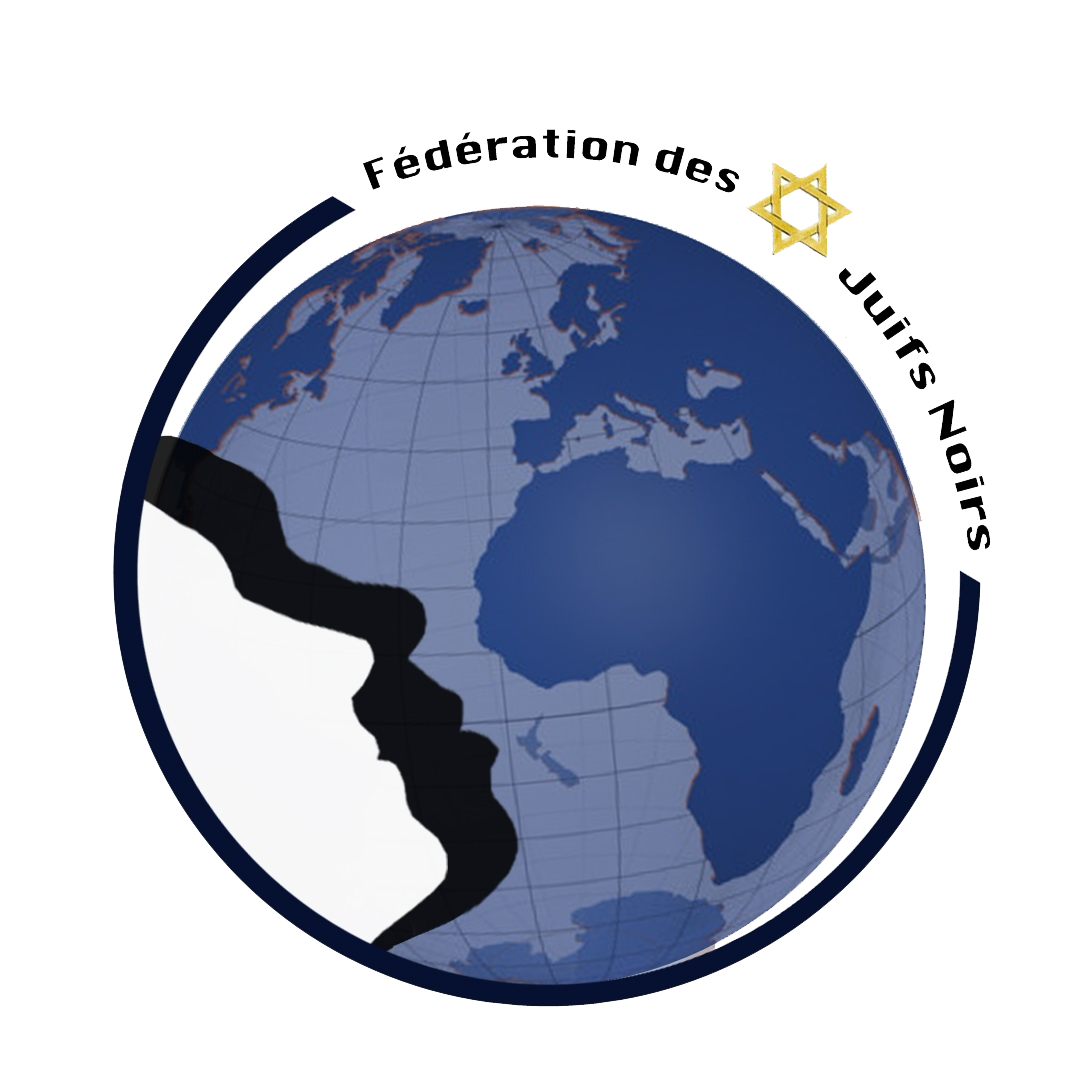 The American soldiers who liberated the Nazi concentration camp at Buchenwald had powerful reactions to what they saw, often shaped by their own origins.
The American soldiers who liberated the Nazi concentration camp at Buchenwald had powerful reactions to what they saw, often shaped by their own origins.
Leon Bass was a nineteen years old African American sergeant who served in a separate military unit when he met the “living dead” of Buchenwald. Like many others, he tried to suppress his memories of the horrors he saw there and “never spoke of all that.” But in the 1960s, while involved in the civil rights movement, he encountered a Holocaust survivor and felt moved to tell his students that “I was there, I saw.” In this interview with Pamela Sporn and her students, he linked the oppression of Jews and other Nazi victims to the segregation and discrimination faced by African Americans.
Leon Bass: -No one ever talked about what we did during the Battle of the Bulge. No one spoke of the 761st Battallon, who was black, who fought throughout Europe with General Patton. When I joined the armed forces, I discovered something. I discovered that racism was part of our country’s system. You see, when I went down to the reception center that day, they separated me. They sent me one way and they sent all my white friends the other way, because all the armed forces were separated in 1943. And they finally joined me in the 183rd Military Engineering Battalion, and we trained in places
like Georgia, Mississippi, Texas and Louisiana on the war. And then I found myself in Little Rock, Arkansas.
In each of these places, as a soldier, I discovered that the people I had sworn to protect and defend looked at me as if I was not good enough to enjoy what all Americans are supposed to appreciate . This is the kind of experience I have had throughout my military training in the United States.
Pamela Sporn: -Would you say that black people were treated equally during the war or unequally ?
Bass: – I think that represents almost everything. When you have two separate armies, you send a message that you are not equal. But we made it clear to them that this was not the case, because we demonstrated that we were equal, and sometimes even exceeded some of the other soldiers, because we had to constantly keep in mind what objective we were looking for, and this was to fight to get rid of the racism that created hostilities in Europe, and to remember that we had to focus on hostilities and racism. So we had a double duty, so it took a good soldier to do it.
The day I walked through the doors of the Buchenwald concentration camp, and saw what I saw, I can never say that I am insensitive to human life. It let me know that human life is sacred, because when I walked through these doors in the spring of April 1945, I was not at all prepared for what I saw. And I saw what I can now call the walking dead. I saw human beings there who had been beaten, starved and tortured and so badly treated that they were only human skeletons. They were skin and bones and they had those skeletal faces with deep eyes, and their heads had been shaved. And they were standing there hanging on to each other, and they were so skinny. They had sores on their bodies caused by malnutrition. And this man stretched out his hands, and his fingers were webbed with the scabs that come from malnutrition. And me ? I just said to myself, “My God, what is this? It’s a kind of madness! Who are these people ? What did they do wrong? And it was then that I discovered that they were Jews and Gypsies, some were Jehovah’s Witnesses, they were trade unionists, they were communists, they were homosexuals. He continued and told us. There were so many different groups placed in this camp by the Nazis. And what did the Nazis use as a criterion to determine who would be chosen to go there? They said that these people who were not good enough, these people who were inferior, they could be separated.
So you know what I mean? Segregation, racism can lead to death, that’s what I saw in Buchenwald.
Source: Interview by Pamela Sporn and her students. Produced by the Educational Video Center.
http://historymatters.gmu.edu/audio/9_6_4_e_MSTR.mp3
